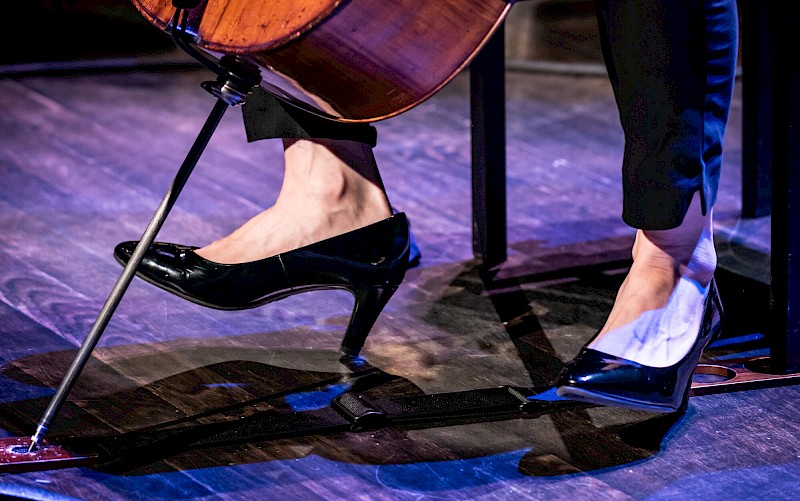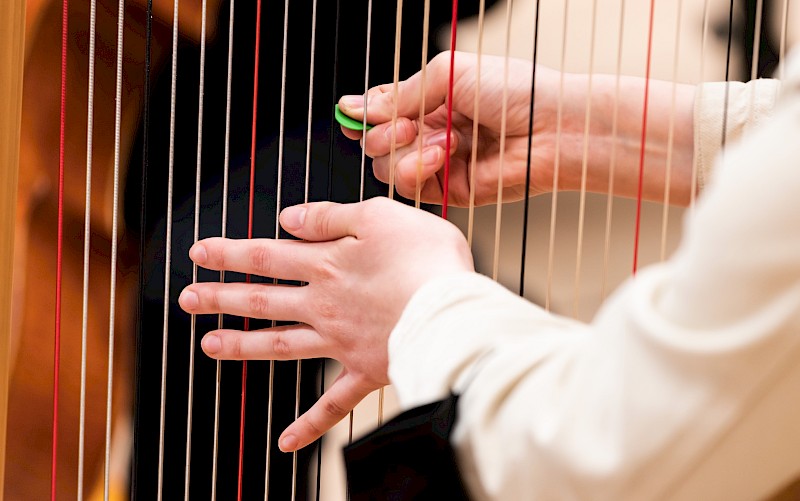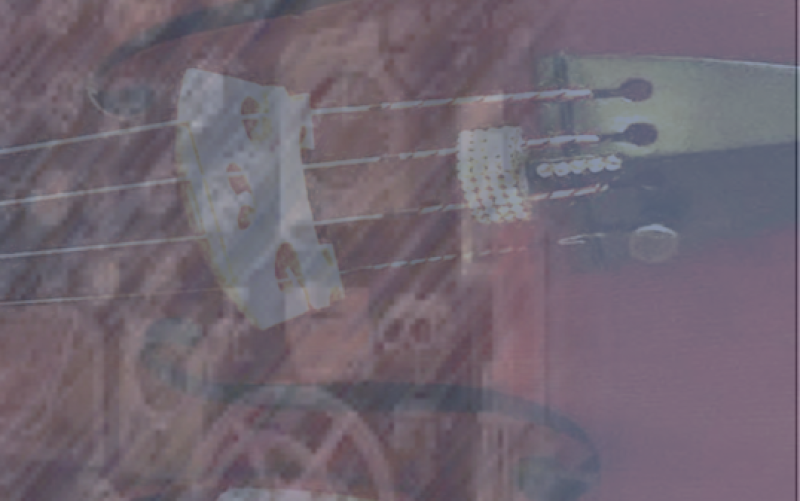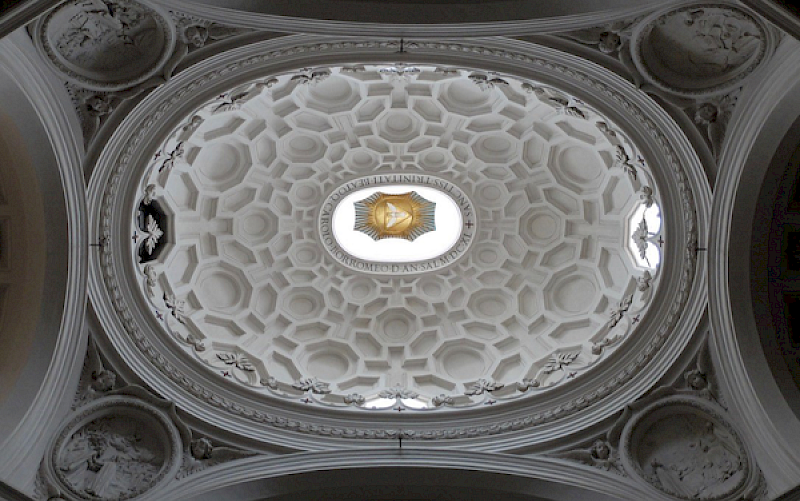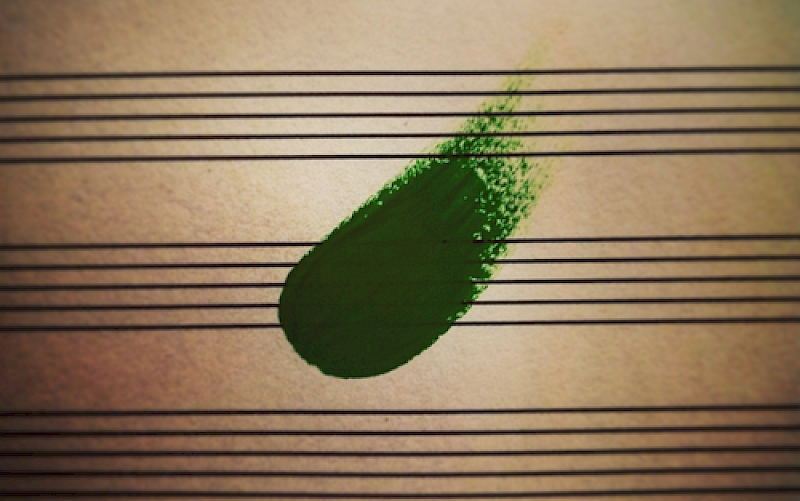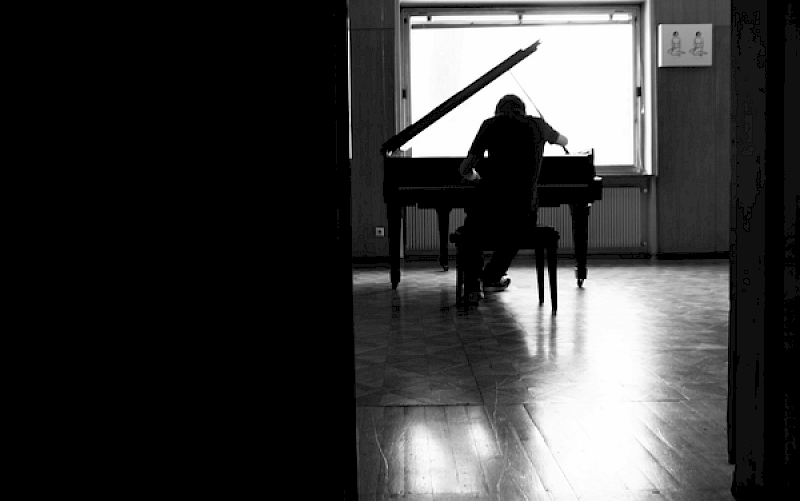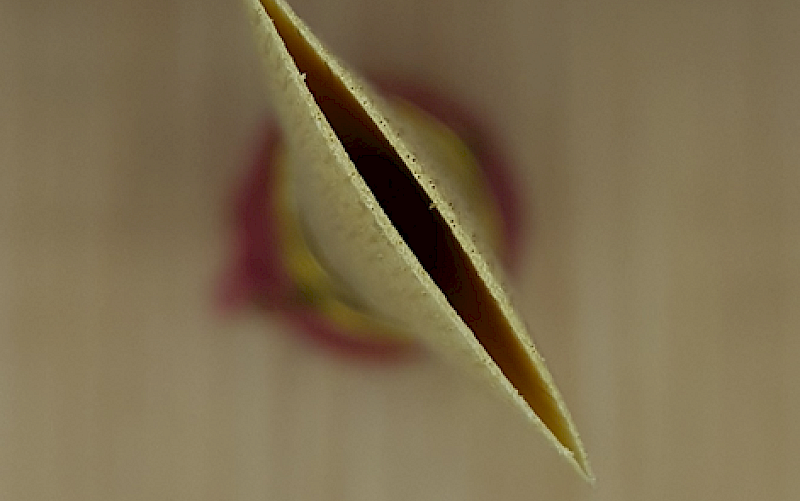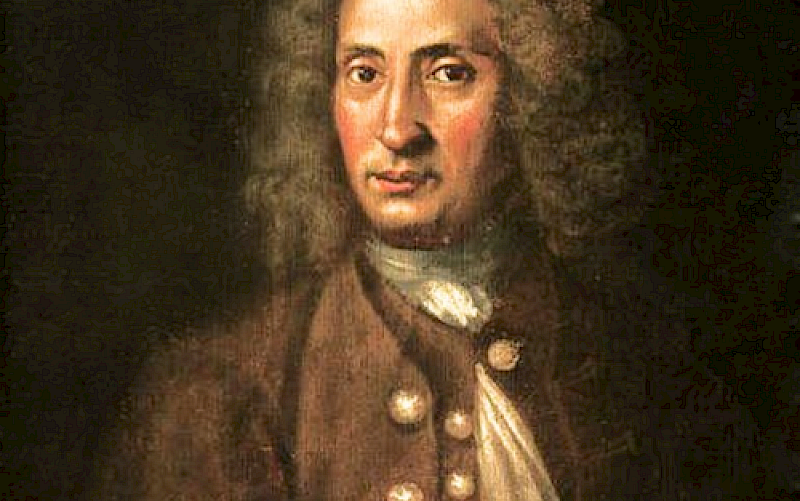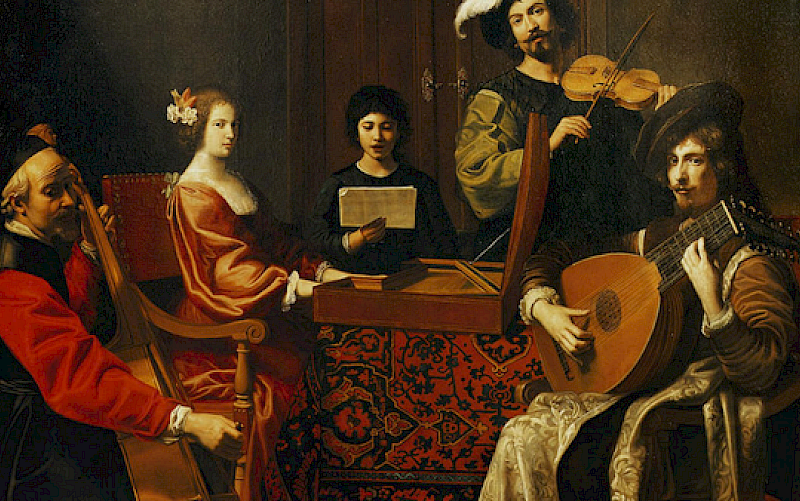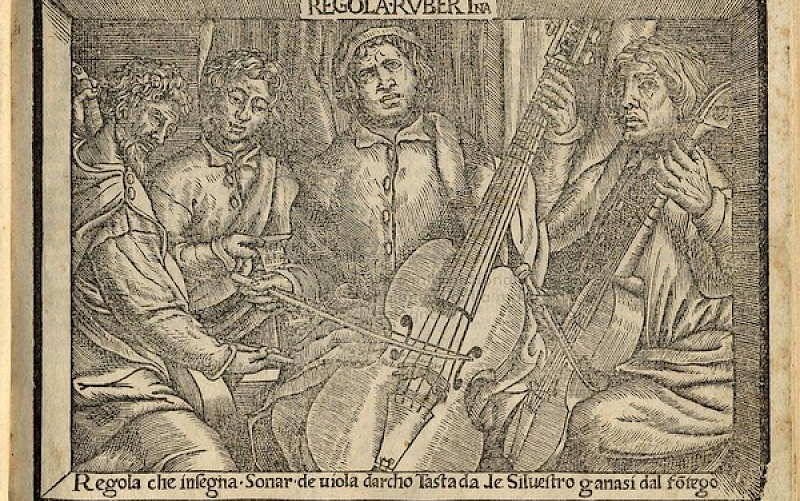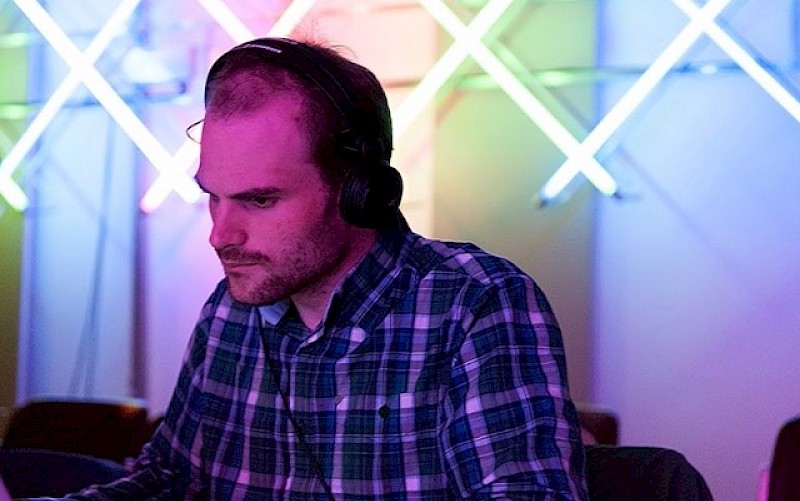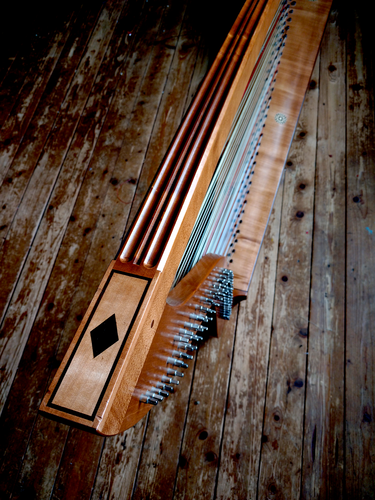
Squalid and Obscure: Timbral Word Painting at the Arpa Doppia
Name: Kit (Hannah Rose) Spencer Main Subject: Baroque Harp Research Supervisor: Kate Clark Title of Research: Squalid and Obscure: Timbral Word Painting at the Arpa Doppia Research Question: Can timbral refinement, through synthesized notation and subsequent technical exercises, enhance contrast and word painting in arpa doppia continuo realisations of Seconda Prattica songs? Summary of Results: While functionally versatile, the arpa doppia, an Italian harp of imposing size with multiple layers of resonating strings, revealed its nature as fondamento, in the subtle art of continuo. Direct contact with the open strings gave singers, accompanying themselves on the harp, unparalleled control over the instrument’s timbral potential. This is reflected in the role of the instrument within musica secreta, private concerts at the courts of Ferrara and Modena stylistically favouring word painting and chromaticism, in ensembles such as the concerto delle donna and Baroni sisters. The expressive freedom of their art influenced poets and composers and contributed to the development of the seconda prattica at the turn of the sixteenth century. Indeed, voice and harp were held up as the ideal way to perform epic poetry, a reflection of the mesmerising contrast and colour their combined forces could deliver. How do we find this unique skill-set today from a broken line of tradition, contending with limited, conflicting primary resources? There is very little surviving repertoire specific to the instrument, and other sources such as paintings are static representations with considerable variation in position and placement of the instrument, body and hands, making it hard to replicate. In the years dedicated to exploring the arpa doppia, we harpists uncover these insights through shared motions and motivations of our forebears— finding a way to play like them by trying to vividly colour the text as they did. This is a way artistic research can bring to life the spectrum of lost practice and technique. My research has resulted in the creation of timbral notation for the arpa doppia, easily added to music notation and publishing software. This notation is designed to help recreate as much as possible all the timbral refinement found by the hands of masterful singer-harpists. It documents, builds upon and preserves the invaluable research of historical practitioners, using visual, contact-based diagrams to provide clarity in understanding this evocative and highly specialised art form. With this foundation of timbre and text, it aims to reconstitute the virtuosity, influence and innovation of the original arpa doppia players, through our shared practice today. Biography: While playing as the Australian Youth Orchestra's Principal Harpist, and as a fellow of the Tasmanian Symphony Orchestra, Kit Spencer's Honours degree culminated in studying Berio's infamous Sequenza II with its foremost interpreter, Alice Giles. Her passion for colour, gesture and bass lead her to arpa doppia, beginning with Andrew Lawrence King's St. Petersburg production of Landi's La Morte d'Orfeo and Monteverdi's L'Orfeo in Bauska Castle, Latvia.
Author: Hannah Rose (Kit) Spencer
